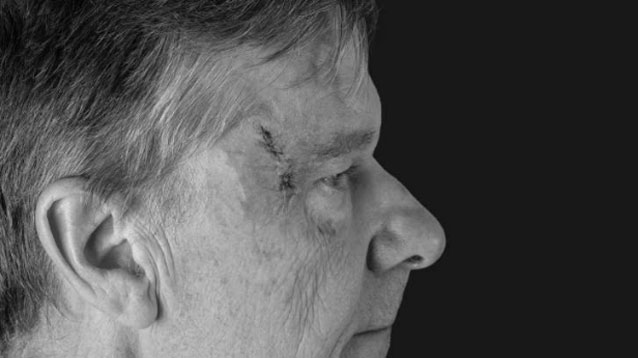Developed by Frederic E. Mohs, MD, in the 1930s, Mohs micrographic surgery for the removal of skin cancer is a highly precise, highly effective method that excises not only the visible tumor but also any “roots” that may have extended beneath the skin surface.
Mohs surgery involves the systematic removal and microscopic analysis of thin layers of tissue at the tumor site until the last traces of the cancer have been eliminated. The immediate andcomplete microscopic examination and evaluation of excised tissue is what differentiates Mohs surgery from other cancer removal procedures. Only cancerous tissue is removed, minimizing both post-operative wound size scar and the chance of recurrence.
Mohs surgery is most commonly used for basal and squamous cell carcinomas. Cancers that are likely to recur or have already recurred are often treated using this technique because it is so thorough. High precision makes Mohs surgery ideal for the elimination of cancers in cosmetically and functionally critical areas such as the face
Mohs physicians are highly trained to function as surgeon, pathologist and reconstructive surgeon during the cancer removal process. They work in offices equipped with appropriate surgical and laboratory facilities, and are supported by Mohs-trained nursing and technical staff.
As with any surgery, there is a risk of scarring. There may be temporary or permanent numbness or muscle weakness in the area. Other possible complications include tenderness, itching and pains. Dr. Peng and Dr. Hui Austin works with and refers to plastic surgeons when large wound size requires.
Download ‘The Mohs Surgery Process” infographic by the American College of Mohs Surgery
For More Information regarding how to manage your wound after your MOHS procedure, click the provided link
Call for more information or to schedule an appointment with our friendly staff: 707-545-4537.

MOHS SURGEONS
REQUEST AN APPOINTMENT




